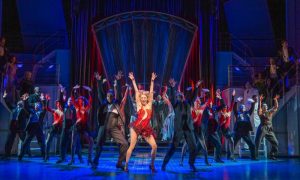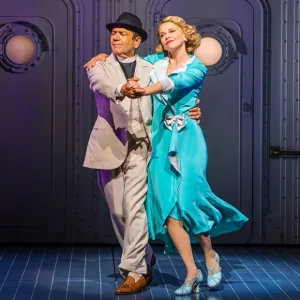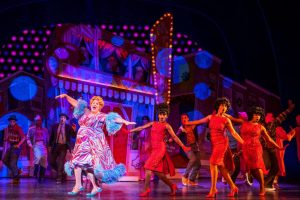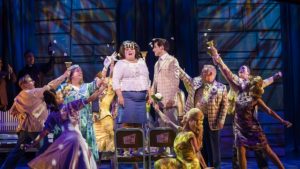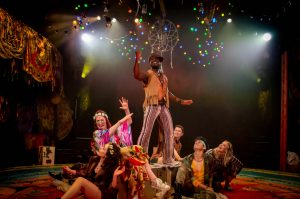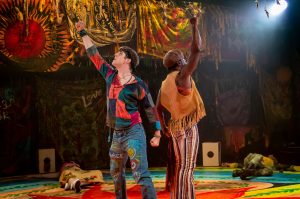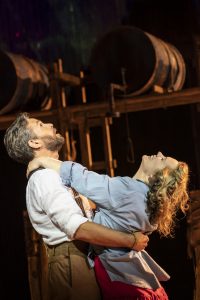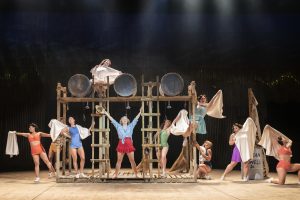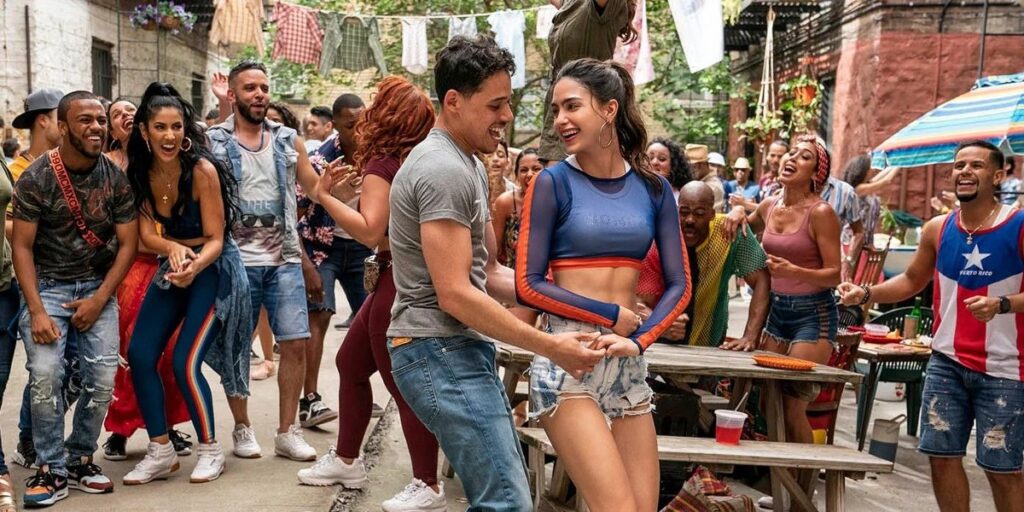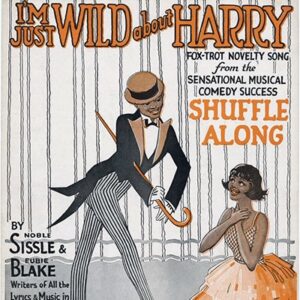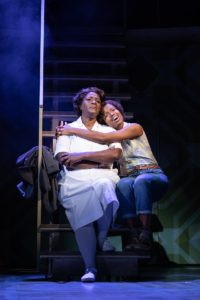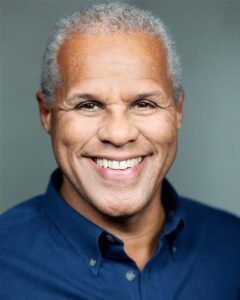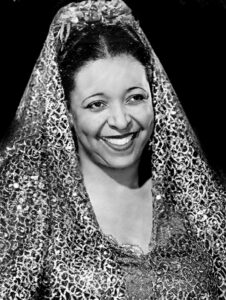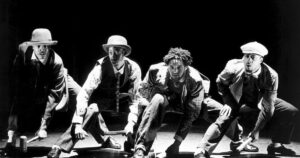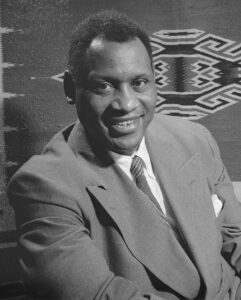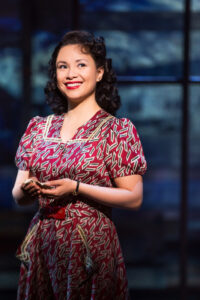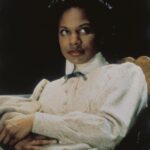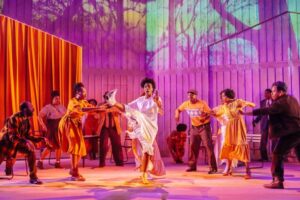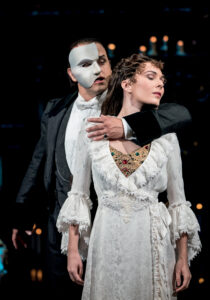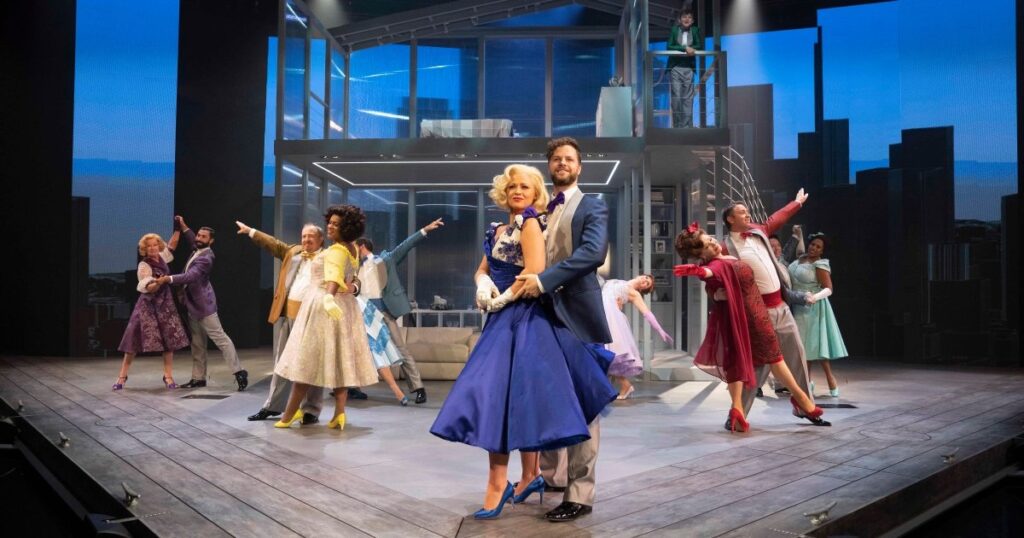Star debut by Max Harwood in a joyous fantasy film musical
★★★★
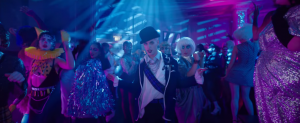
Everybody should be talking about the film of Everybody’s Talking About Jamie but I suspect they won’t because it slipped through the cinemas and is now behind the firewall of Amazon Prime.
First thing to say, this is a movie in its own right, not simply a film of the stage show. It’s the story of a gay teenager verbally bullied at school and rejected by his homophobic father, but who finds liberation in dressing up in glamorous women’s clothing. The central message is a familiar one of allowing people- young people- to be themselves and fulfill their potential.
Like the stage show, it fetures the fabulous songs composed by Dan Gillespie Sells from The Feeling with lyrics from Jamie writer Tim MacRae. They’re energetic, liberating and someones melancholic, although some of the songs from the stage show failed to make the transition to celluloid.
The film is an impressive directorial debut for Jonathan Butterell who tells the story confidently and seamlessly switches from the mundane classroom and other day-to-day situations to the glorious fantasies of the songs in which Jamie imagines the life he should lead.
This is not about someone being ashamed of being gay. Jamie is confident in his sexuality, which is a sign of the progress that’s been made in the 50 years since same-sex relationships became legal. He even stands up to the homophobic class bully. No, his secret desire is to be a drag queen, or more immediately to wear a dress at the forthcoming prom.
It’s not entirely secret. His mother supports him and even buys him ruby encrusted shoes which must surely make us think of The Wizard Of Oz and that old euphemism for gay men, namely friends of Dorothy. His father too is aware but is ashamed of him, which has led to Jamie having a poor self image.
For me the most moving moment was a scene that’s not in the stage show. Jamie has met Hugo Battersby, an older drag queen, played by the great Richard E Grant as someone ‘battered’ by the past but still flamboyantly extrovert. He becomes Jamie’s mentor and shows him a VHS video from the late 80s. This wonderfully convincing, slightly blurry pastiche – complete with a new song- shows the protests against the Thatcher government’s discrimination against gay people, all in the midst of the horrors of the AIDS epidemic.
In a nice touch, the transfixed Jamie and Hugo, at first reflected on the TV screen, become part of the video. It powerfully reminds us- and Jamie- that there were many battles fought by lesbian and gay people and much bravery in being ‘out’. It puts today’s problems in perspective. Talk about standing on the shoulders of giants Short as the scene is, the power of the song This Was Me and the sadness and defiance shown in the video moved me more than anything else in the film.
Max Harwood gives an outstanding performance as Jamie, the self deprecating, likeable youngster who gradually gains the confidence to express himself. Also making an impressive feature film debut is Lauren Patel who plays his studious but vocal Muslim friend Priti.
They are well supported by some great veteran actors. Sharon Horgan, seen recently on Channel 4 in the extraordinarily good This Way Up, is magnificent as the teacher who squashes the ambitions of her working class students. There are two alumni from Coronation Street. Sarah Lancashire plays Jamie’s devoted mother with great warmth and sings the stand-out song – a kind of torch song- He’s My Boy, with depth and passion. The excellent Shobna Gulati plays her comic but forceful friend Ray. Ms Gulati is, I think, the only member of the West End stage show to reprise a role in the film and incidentally she’s playing Ray in the current UK tour.
The story is predictable in both its course and outcome. In many ways you could describe it as a fairy tale and, in saying that, I’m not attempting a crass joke. What I mean is that everything works out just a little too well. The implausibility matters more in this film than it does in the original stage show where you are carried along by your emotional response to the songs and performances. Even so, this is a well-made and uplifting film, right up to the tear-in-the-eye ending.
And if you can’t see it in all its wide screen glory at the cinema, you can catch it streaming on Amazon Prime.
Watch the video of this review on the YouTube channel One Minute Theatre Reviews
